Presentation Sisters & the 1798 Rebellion
Some of the sisters were directly affected by the 1798 Rebellion, none more so than Catherine Devereux, one of the founders of the Presentation Convent in Wexford. Both her brother and father were killed by crown forces during the Battle of New Ross in June 1798.
Later that year founders of the Waterford Convent, Sr de Sales Power, her widowed sister-in-law Sr de Chantel Power and Sr Teresa Mullowney had a hazardous journey from Cork to Waterford in the aftermath of the rebellion.
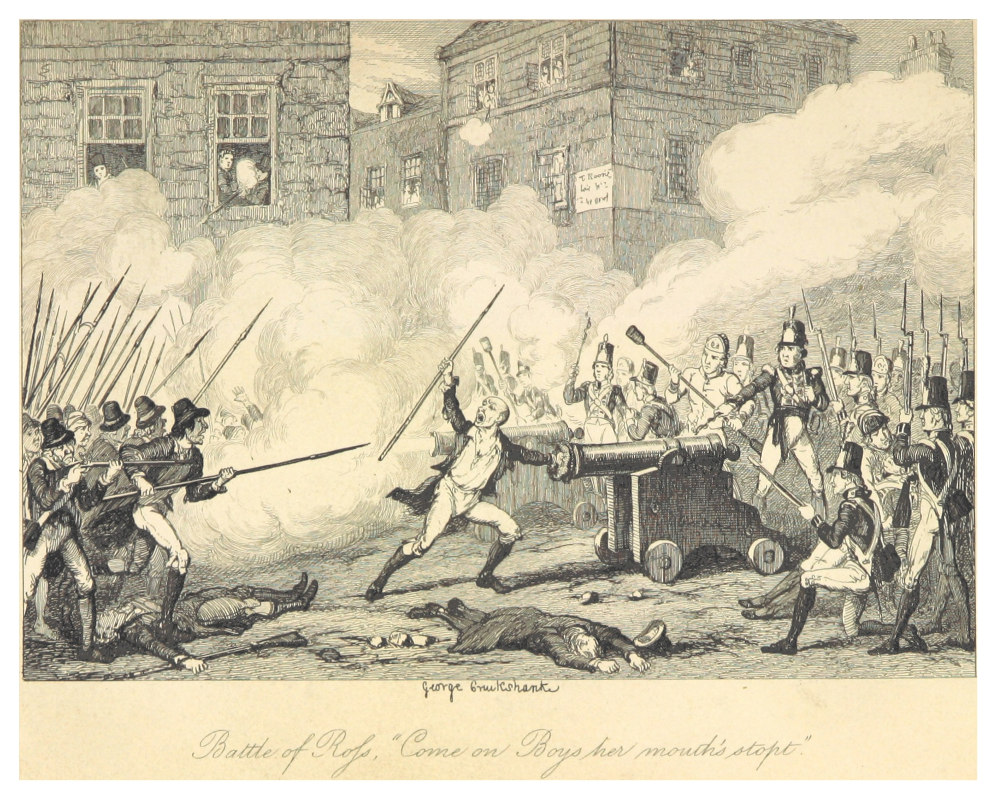
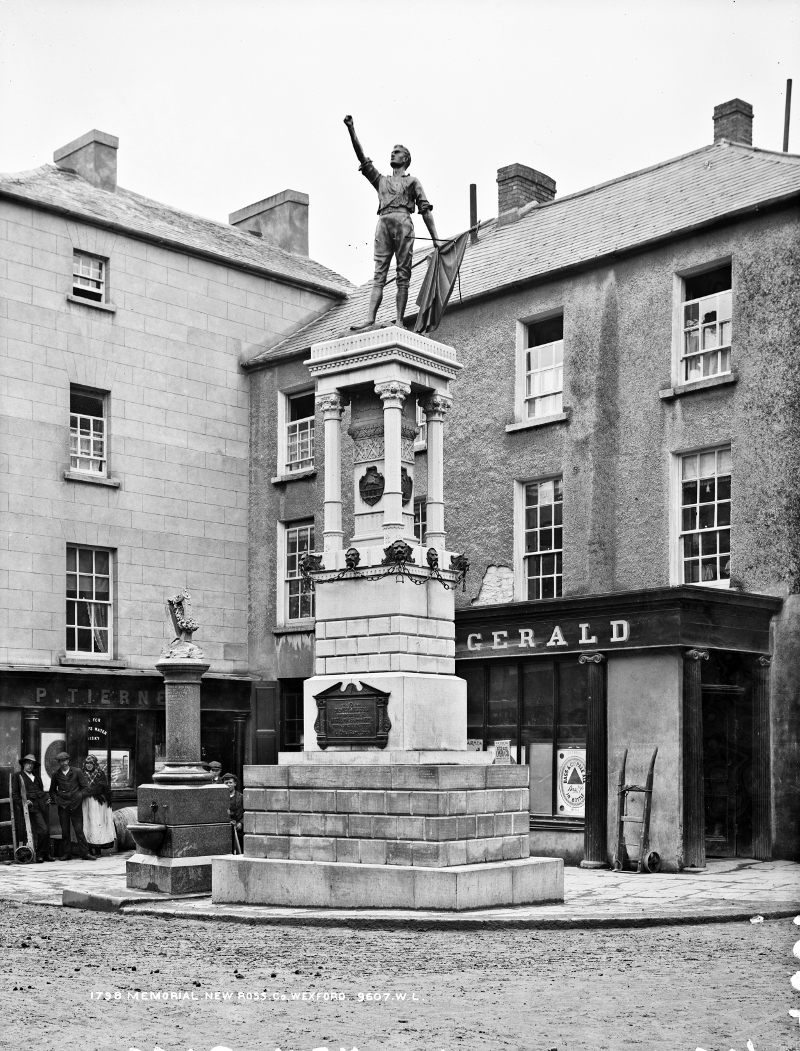
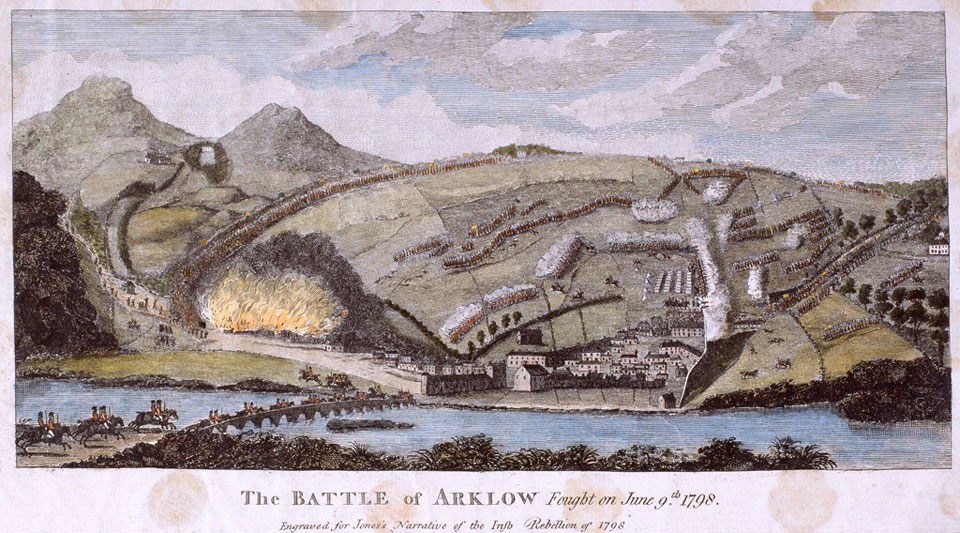
Approaching Waterford they learned that government troops were in the area. The safety of the nuns was feared for and so they took refuge in Ballybrack, Sr de Sales and Sr Teresa’s home village. They remained there for several days before continuing their journey.
Within a few months of their arrival in Waterford there was an alarming event that reminded them of the risks they had taken.
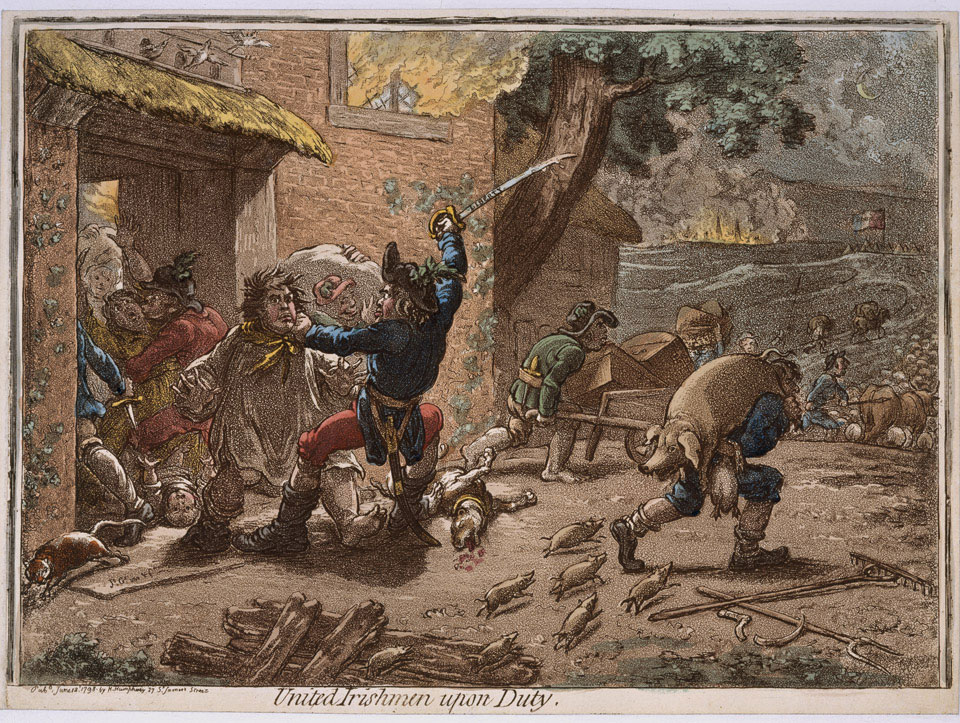
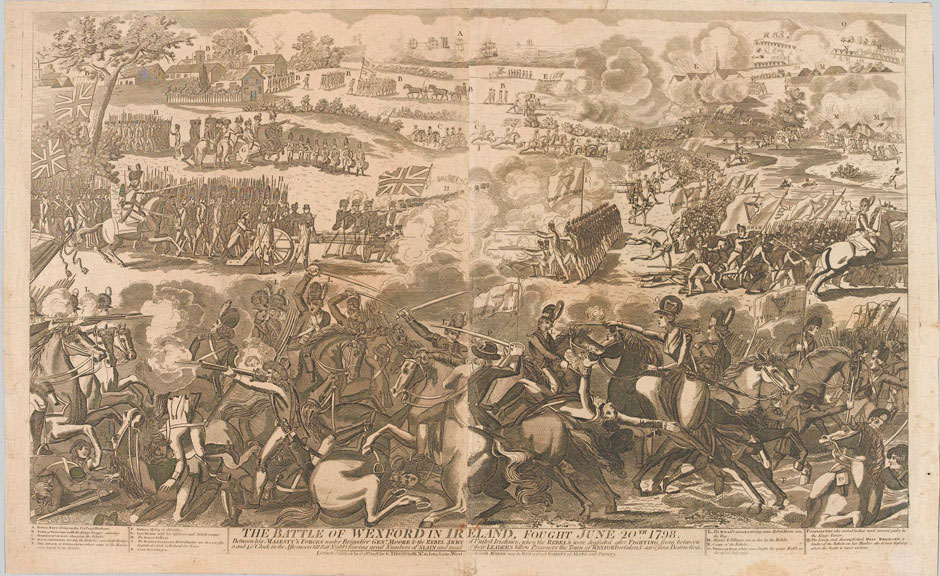
Francis Hearn from Dungarvan in Co. Waterford was from a family of high profile Catholic leaders – his uncles were Thomas Hearn, Vicar General and Dean of Waterford and Francis Hearn, President of the Irish College, Louvain, and Parish Priest of St. Patrick’s, Waterford. Hearn was one of the first seminarians at St Patrick’s College Maynooth, but was expelled in 1798 for being a member of the United Irishmen.
Hearn was later charged with ‘aiding and assisting in the present rebellion [and] wilfully aiding and assisting at a treasonable meeting held for traitorous purposes’. He was found guilty and sentenced to death. On Monday 21 October 1799 he was taken from Waterford Jail to the Old Waterford Bridge, close to where the nuns were living, and hanged.
